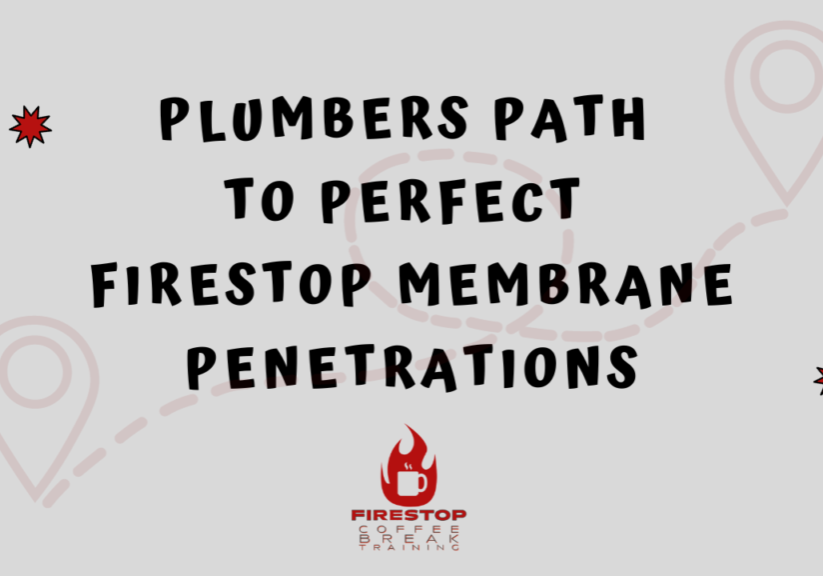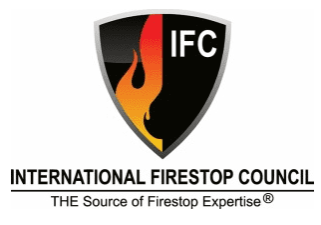
Black Friday Deal
Does your project require special inspection of firestop? If it does, how do you evaluate the...

Happy Thanksgiving
To all my US connections- I hope you have fabulous plans for Thanksgiving. We are...

Black Friday Special #1
Are you working on multi-family residential projects, senior living, hotels, dorms, or any building that...

Special Inspection of Firestop
Staying on top of the codes can be a challenge so lets talk about something...

Goldilocks and the Plumber- the Horror Story
Goldilocks and the Plumber- the Horror Story, just in time for Halloween. I hope you...

More from Advancing Construction Quality
I went to Phoenix for a conference and met many amazing people. It was a...


